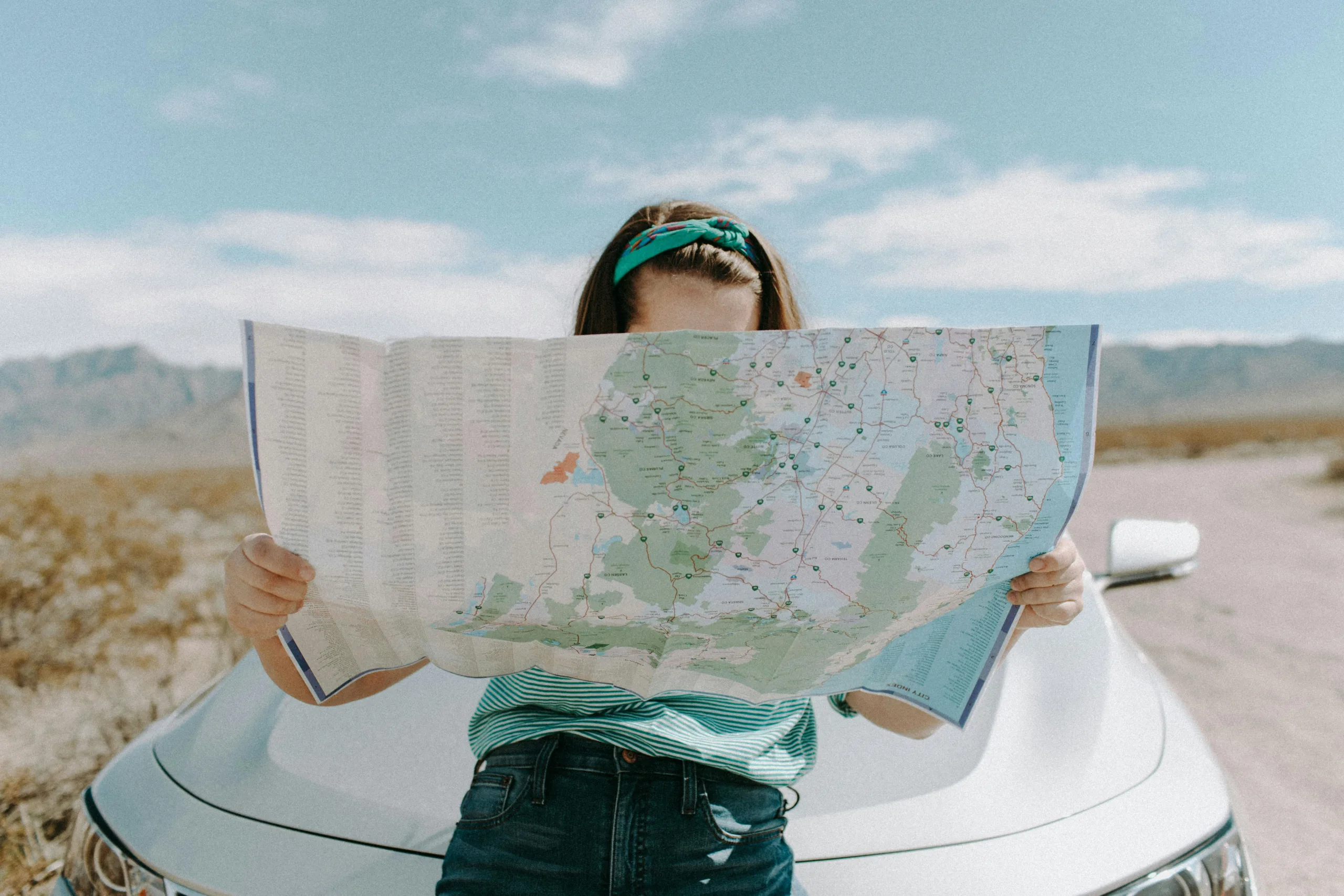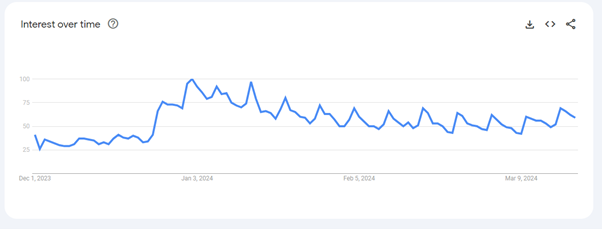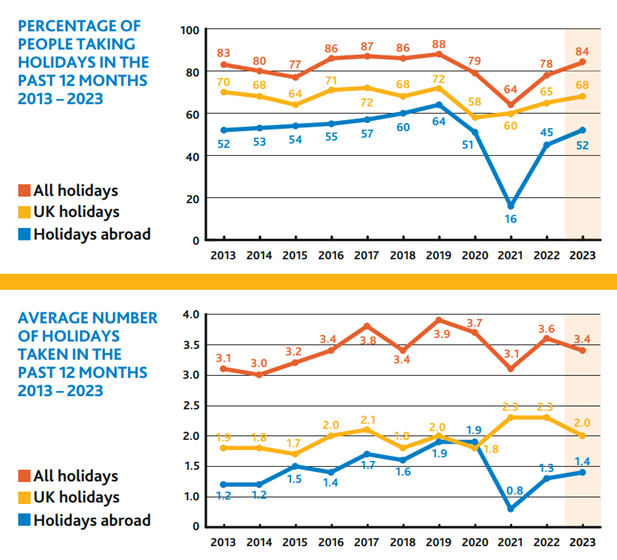Psychological Factors – these include motivation and inner drive, previous experiences and learnings, attitudes and beliefs, and perception of the brand.
Social Factors – These include influencers in the purchasing decision, reference groups such as celebrity or 3rd party endorsement, and status; can the product be viewed as one that would elevate status by association?
Cultural Factors – These can include personal values, perceptions, and social classes, such as Gen Z being more likely to book one brand or experience over another.
Personal Factors – These include things like demographics and psychographics (age, gender, lifestyle, and interests).
Economics Factors – These factors include things like personal income, the current economic situation, and personal savings.
Whilst we go through the various steps within the funnel, weighing up various options that are very personal to us, one thing is obvious – the impact of consideration at this stage is huge, and why? Because the impact of getting it wrong is bigger!
If we look at the consideration phase and the various things we’re weighing up with our annual summer holiday, these are just some of the pretty extensive lists that we may be thinking about:
- Location – how far are we willing to travel – UK staycation or further afield?
- Accommodation options – Hotel, Airbnb, holiday rental, villa
- Food options – All inclusive, Half Board, B&B
- Local area – lively, quiet, accessible, distance from the airport
- Price – ££ or ££££
- T&C – cancellation options, deposit requirement, upfront costs
The bottom line is this, when the cost is higher (which it will be for the family summer holiday), the risks associated with the booking will be higher. What this does, is influence a longer research period, more consideration, more trailing through TripAdvisor reading countless reviews, and more Google reviews – all in aid of making sure the one annual family event of the year; the family holiday is a great success!
So, what?
What does this mean for your brand? Well with longer consideration and more competition in the market, comes higher costs to serve ads, and to drive traffic or conversions.
As consumers, we’re not being spontaneous, and we’re not necessarily responding to a low-price promotion or being transactional. We’re taking our time, researching all available and suitable options to make sure it’s the right holiday for our needs, and this heightened demand for our attention and our purchase creates a higher cost-per-purchase overall.
We’ve regularly seen this trend through the various tourism paid media campaigns that we’ve delivered. Be that international or domestic, young affluent families seeking fun, activity-fuelled adventure, or cultured explorers trying to find a hidden gem in rural Ireland – when demand is high, and consideration long, the costs to achieve that purchase will ultimately increase.
But it’s not all doom and gloom, otherwise, why would travel brands all over the country choose to launch their annual brand campaign on Boxing Day?
In 2023, 89% of all 18-24 year olds went on holiday, but this figure rises to 92% with young families (0-5) and to 94% with older families (5+). In fact, overall, in 2023 84% of people went on a holiday, and the average number of holidays taken was 3.4.



